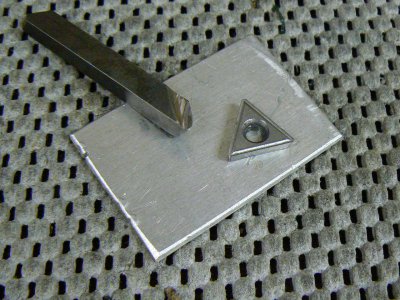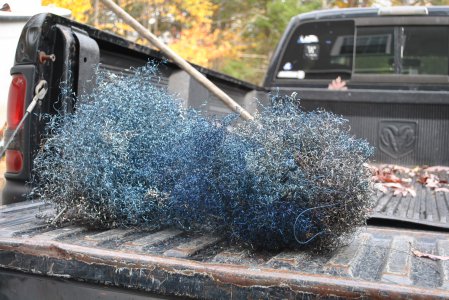That's an interesting thought. Cast iron and brass will produce discrete chips, cast iron because of it's grain structure and brass mainly due to the fact that proper cutting tool geometry for brass requires zero or negative rake.
Tool geometry that produces long spiral strings of chips can be dangerous, right ? On a lathe it's possible for the spinning workpiece to suddenly pick up the collection of stringy chips and whip them around violently. If your hands happen to be nearby .... well, the results are obvious

(It is also possible for the entire mess of chips to be propelled toward the operator's face.)
Although it is definitely easier to collect those long, stringy chips, they can be a PITA. If they tend to curl under the cutting edge, they will rub against the freshly cut edge, degrading the surface finish. This can usually be prevented by grinding what is referred to as a "chip breaker" near the cutting edge of the tool. The purpose is to force the chip to bend abruptly, breaking it from the curl being produced by the cutter.
FYI, most insert tools are sintered with an approximation of a chip breaker. Chip breakers are often ground into parting tools by grinding a small, sharp "vee" groove across the center of the cutting edge. A very sharp, fine-edge grinding wheel is required - often a cut-off wheel is used.
Here's a photo of a HSS cutting tool with a chip breaker groove ground near the cutting edge. To the right is a common carbide insert - note the shallow chip breaker groove located near the cutting edge. This is usually not very effective and often a separate chip breaking device is attached to the top of the insert in it's holder.

The color of the chips - mainly for the various steel alloys - can be very useful for optimizing speeds and feeds but that's another topic



